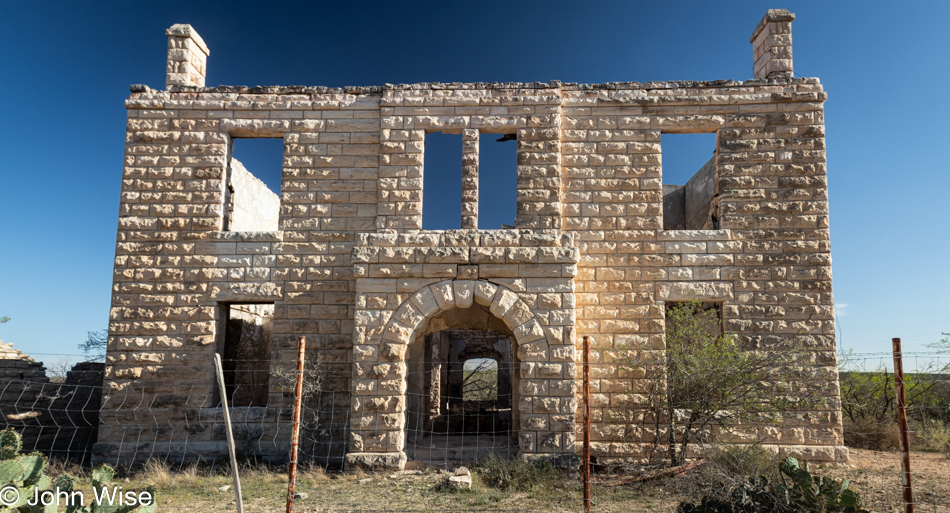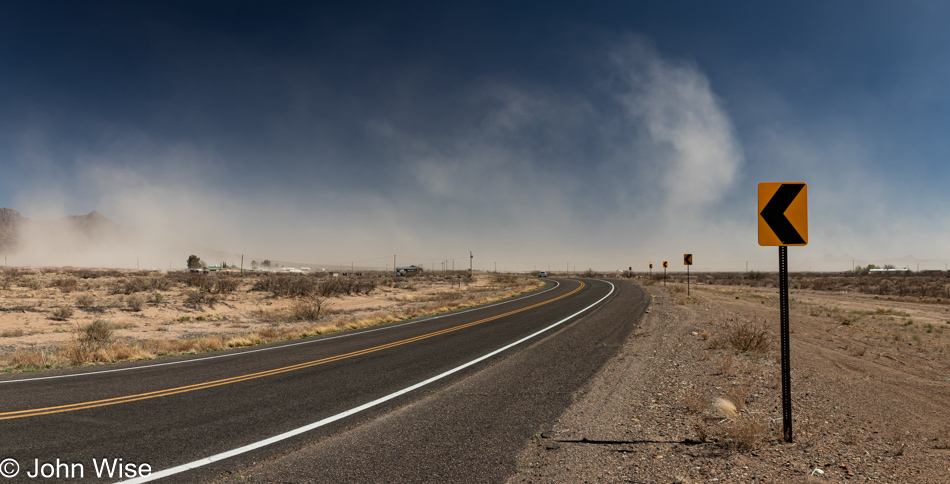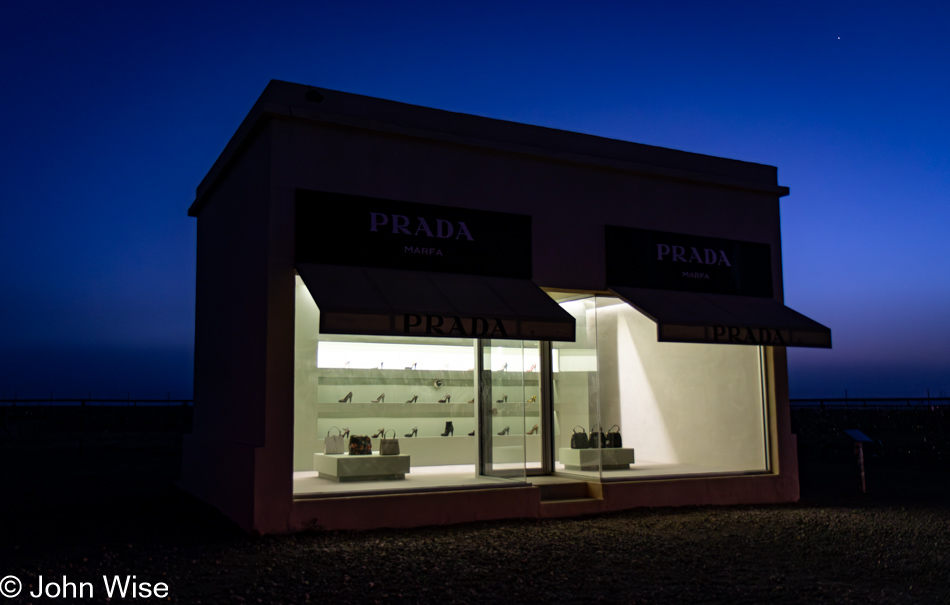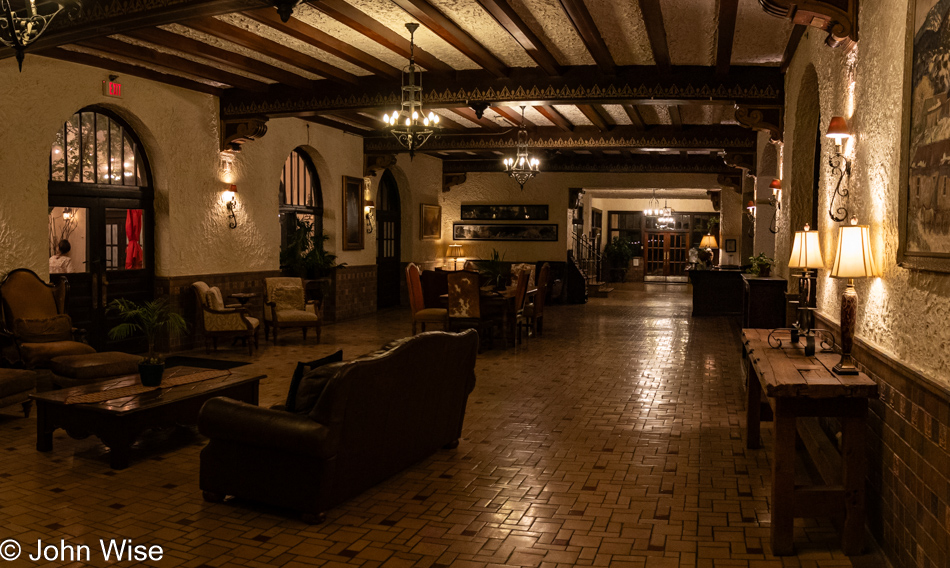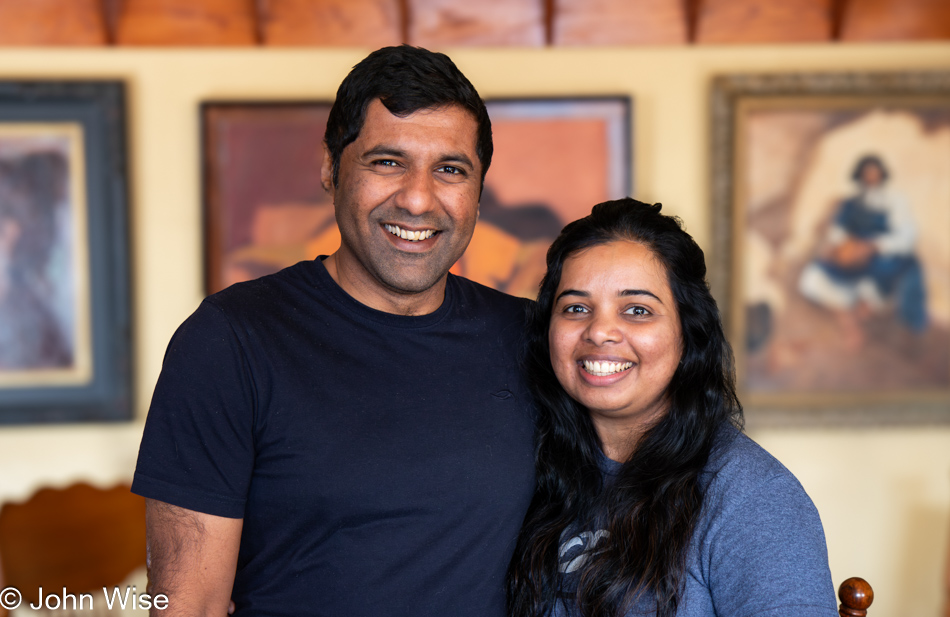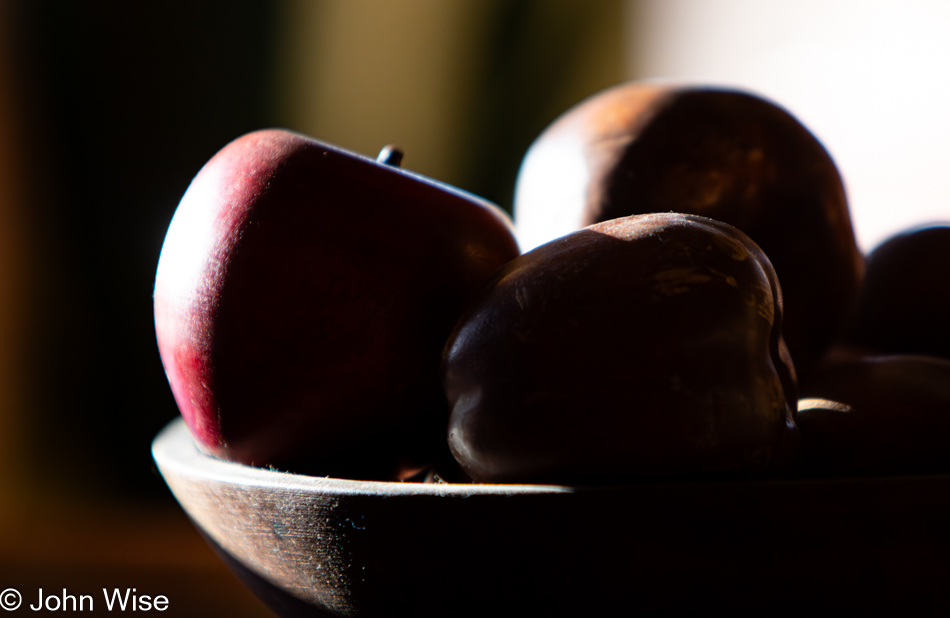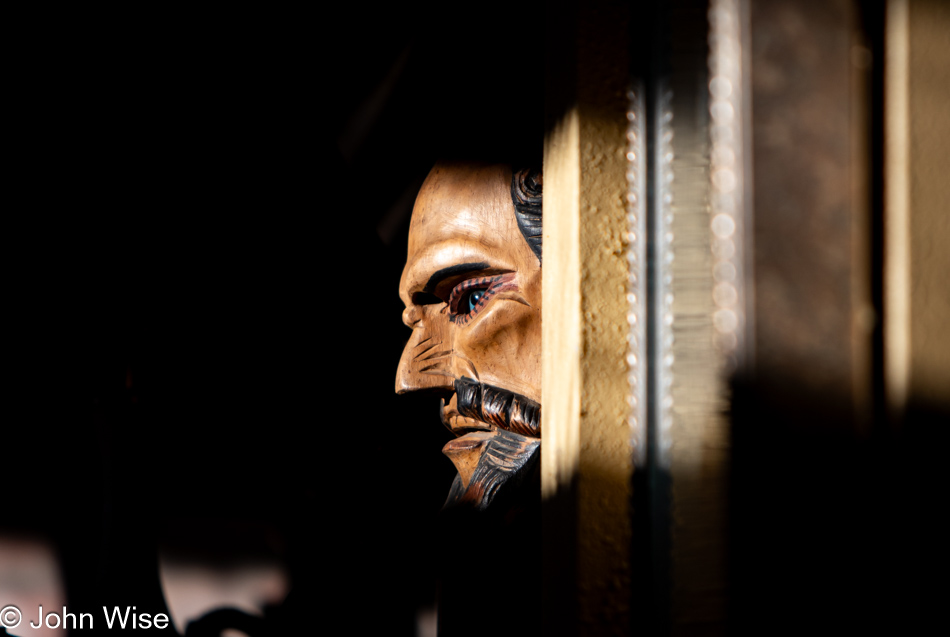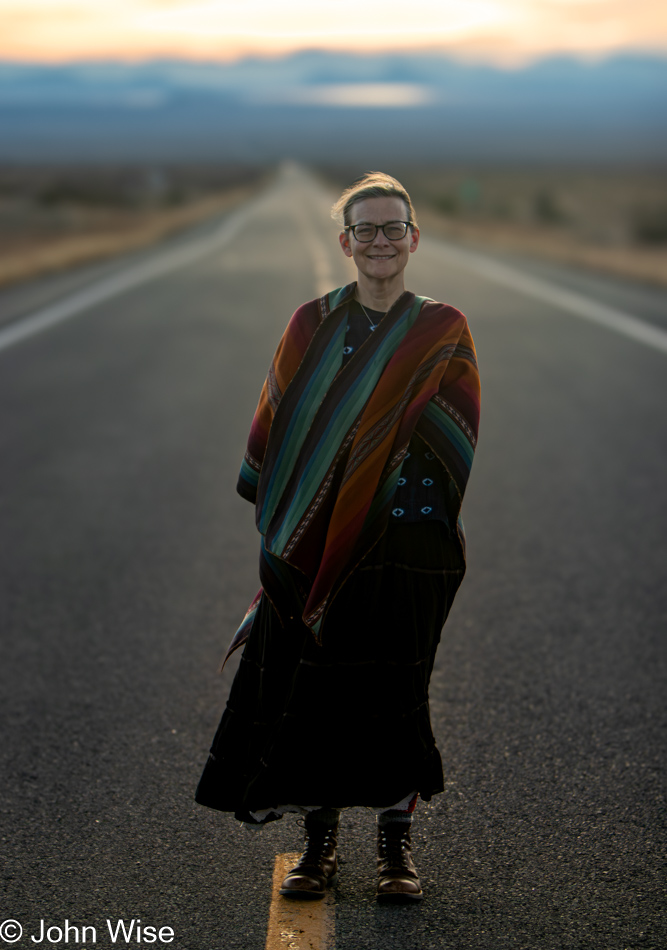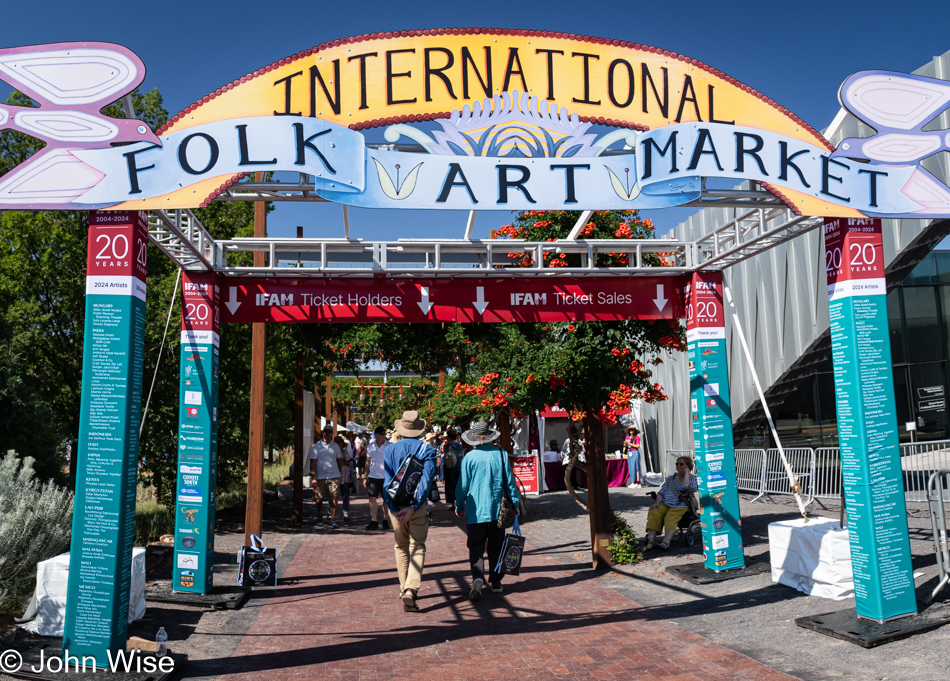
Shop, eat, nap, repeat – not necessarily in that order. New Mexico state law says that visitors must eat as much green chile as possible, and we try our best to meet that obligation by visiting the Pantry down the road from our Motel 6 (paid $85.95 a night). Green chiles are the state food, flower, plant, symbol, mascot, decoration, main export, and the mandated color of wedding attire. There are old adobes that have been found to have been made of green chiles, gas stations sell a green chile blend of fuel, and the local chickens taste like green chile. If you’ve never tried green chile apple pie, you don’t know what you’ve been missing. After paying homage to this New Mexican staple, a nap was in order, but also because we had more than 90 minutes before our timed entries would allow us to begin our third visit to the International Folk Art Market here in Santa Fe.

Shop with frantic madness to separate ourselves from whatever money we had before our visit in order to leave with some rare items that Caroline will wear and use into the future with a solid knowledge of their exquisite nature and significant history. In comparison to certain designer fashions, these things might be considered inexpensive, but compared to what is spent by the majority of humanity, a dress dyed with caracol snails for a shade of purple is likely an article of clothing that many on earth would have to work months to afford. I should add that nothing Caroline takes home with her is disposable or fast fashion. All of it certainly falls into the category of slow fashion and will likely be used and cherished by her until the end of her life.
I mention fast fashion because Caroline recently pointed out that the average American disposes of 81.5 pounds of clothing per year. I find this impossible to believe, considering I throw away six pairs of boxer briefs per year (I checked against my Amazon orders), which weigh 15 ounces for the entire package, while my short-sleeve XXL shirts that weigh about 11 ounces each are worn until Caroline can no longer reasonably repair them, between three and four years each (as evidenced from photographic proof seen here on my blog). My convertible quick-dry shorts weigh 14 ounces; my handmade socks are never thrown away, and a pair of Levi’s are one pound each. Approximately every three years, I’ll have tossed about 12 pounds of clothing or four pounds per year. Caroline, on the other hand, only throws away underwear and factory-made socks, which weigh far less than anything I send to a landfill. Anything else she rids herself of (which is incredibly rare) goes to Goodwill for recycling into other people’s hands. As a couple, we shed approximately six pounds of clothes per year compared to others who are apparently tossing 163 pounds of clothing. [In fairness, we should probably add the weight of the items that I have donated, but even those would only be a couple of pounds at most – Caroline]
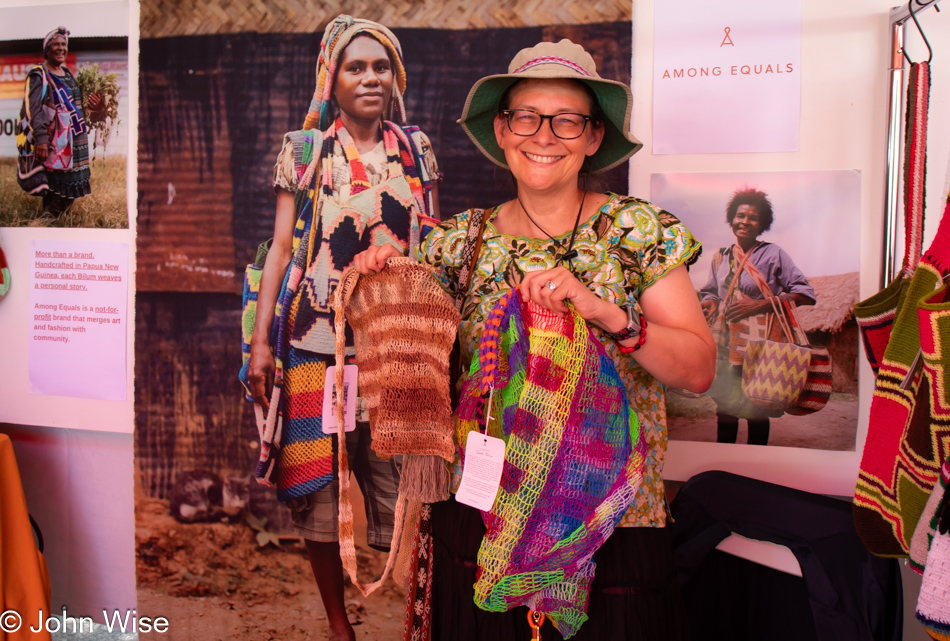
Caroline’s first purchase was the bag from Ecuador, seen in the photo above this one, while these two bags were made by handcrafters in Papua New Guinea. There was a time when my wife would use the same bag until its functionality would no longer be serving that purpose. Now, she’s a bag fetishist. [I prefer bag enthusiast – Caroline]

Hand-woven, knitted, embroidered? Yes to all of those, and she has an extra soft spot if they are shades of blue. The shawl we just bought came to the U.S. with this young man representing an Ethiopian cooperative.
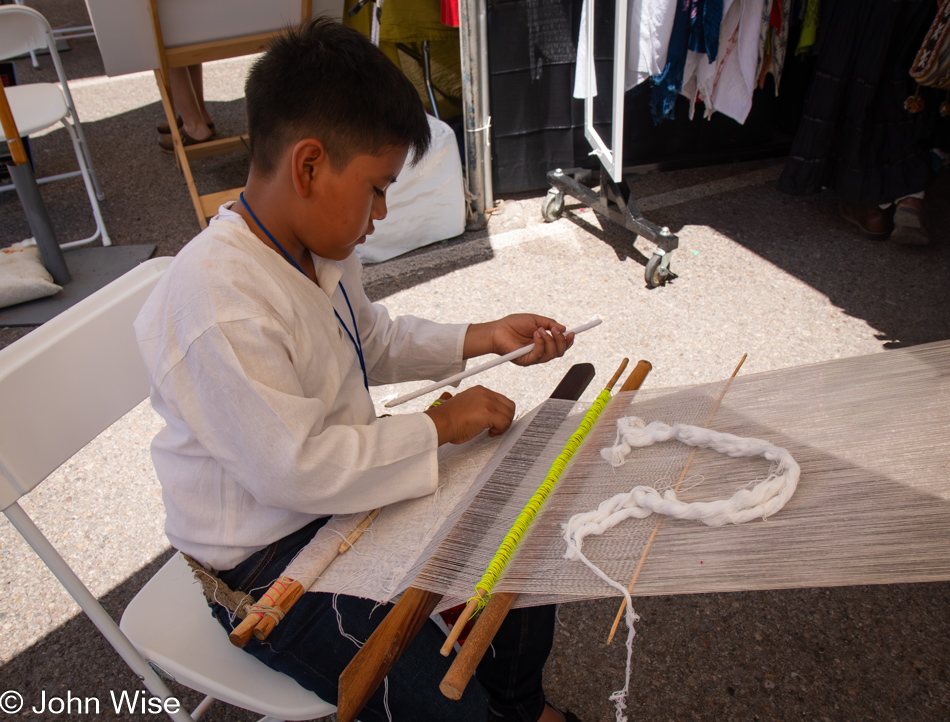
This young boy has the opportunity to become a bit of a celebrity in the world of backstrap weaving if he keeps up his practice and turns his attention to the mastery and art of the craft, as this is typically women’s work. While women reach those heights, too, as they are the heart and soul of this ancient process, somehow, the peculiarity of men performing this work remains an anomaly.
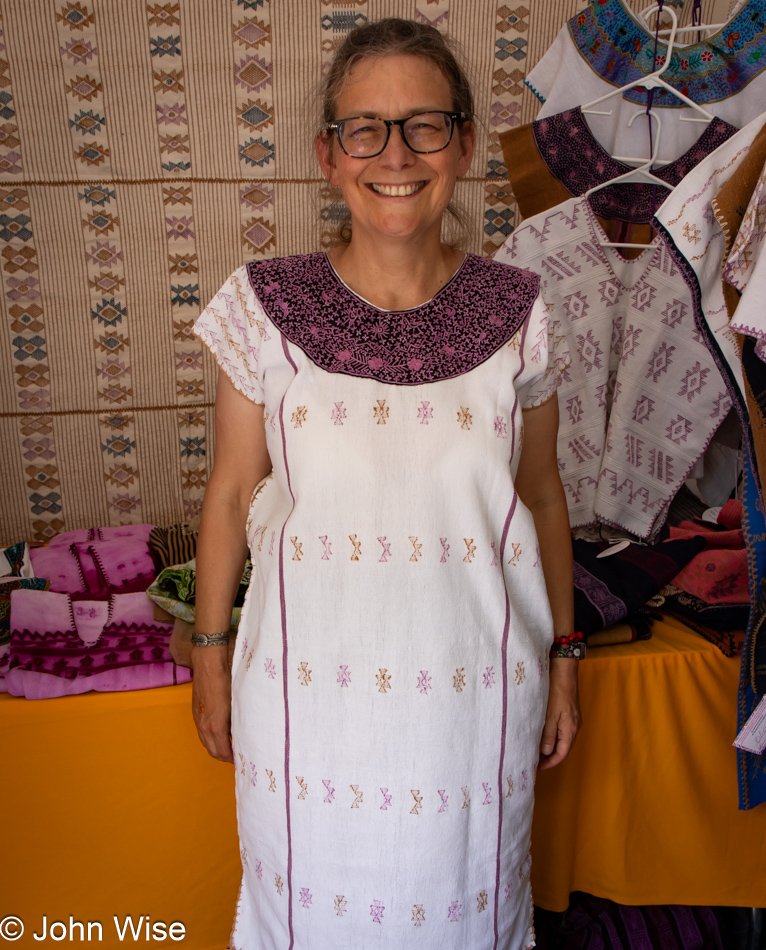
It’s not every day one can go buy a dress made with thread that’s been dyed this particular shade of purple. It is extremely rare. The color is from the caracol púrpura (Spanish name) or, as it is known in Oaxaca from the Mixtec word, Tixinda. The purple snails that are responsible for this shade are not easily found, as they must be collected and “milked” at low tide when licensed Mixtec dyers are allowed to utilize them. Unlike murex mollusks, which are known for their imperial purple dye and have to be killed in order to harvest their dye, these Oaxacan snails can remain alive at the shore to help dye yarn or fabric by the collectors on the spot and then put back into crevices they are found in. Due to the labor-intensive work, garments made using yarn dyed from Tixinda are not cheap. Only the embroidery thread on the color and the purple on the main body of this huipil dress is from the snail. Yes, this came home with us.

This woman from the artist group Mexican Dreamweavers is helping keep alive the practice of sustainably dying with the sacred hues of the purple snail. They are the cooperative that made the dress Caroline purchased.
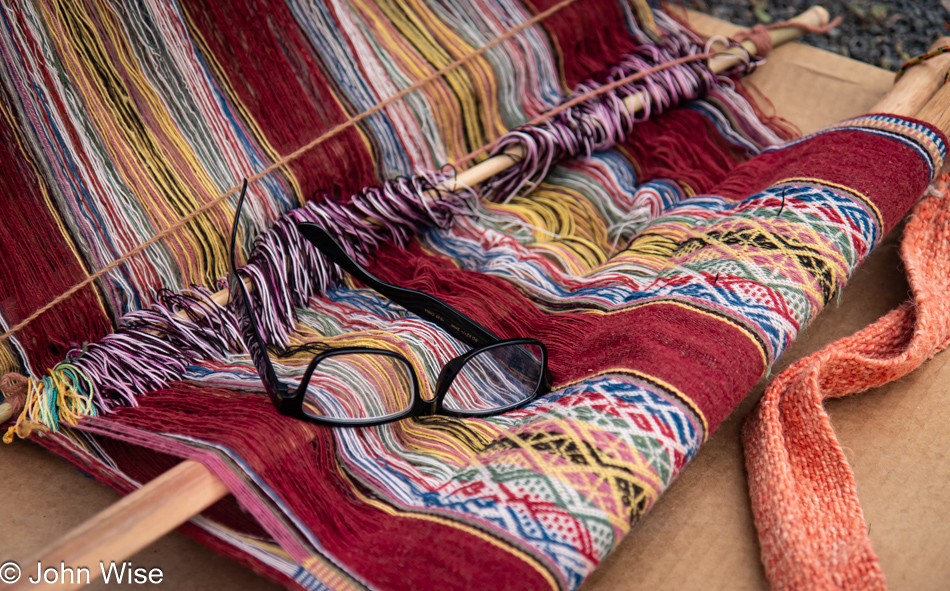
I tend to believe that the artists who travel to America for this market, who are able to demonstrate their craft, find greater interest from the attendees, but I also understand that the added expense of bringing not only enough product to satisfy the demands of those who might want to buy something over the three days of the International Folk Art Market but having someone on hand to speak about their work and handle transactions can become a cost-prohibitive venture.
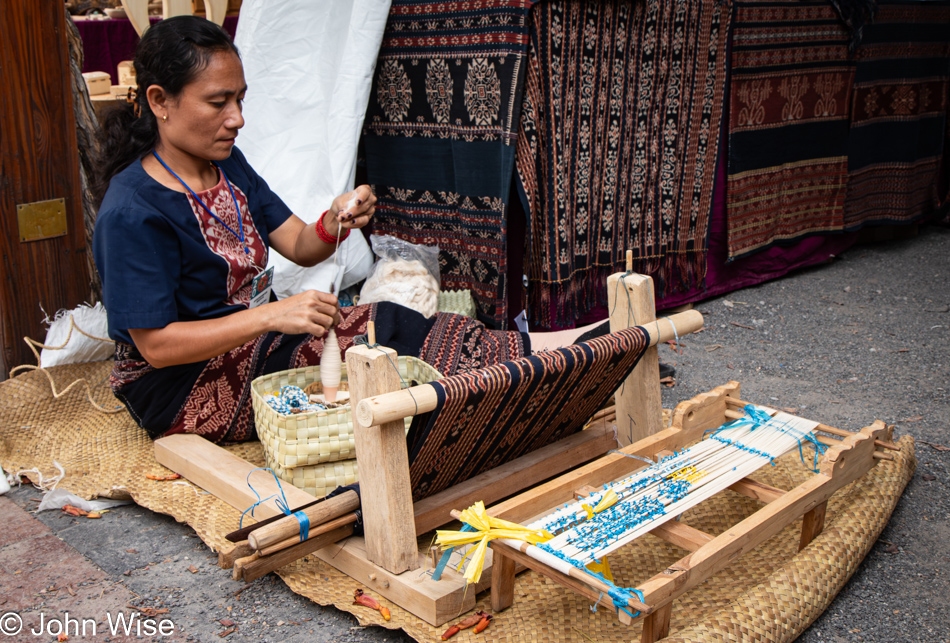
Last year, Caroline purchased a garment from Meet The Makers Indonesia, a collective promoting Indonesia’s craft traditions. At this booth, we once again met Maria Cristina Guerrero, who recognized us. This year, the collective found sponsorship for this lady from the island of Suva. Her name is Ice Sarlince Tede Dara, and she’s been weaving since she was six years old. Having the funds to adequately represent craftspeople from Indonesia, they were also able to bring anthropologist and author Dr. Genevieve Duggan, who’s an expert in all things Suva fiber arts-related. Caroline did, in fact, buy a sarong from these ladies, but more about that tomorrow when she’ll be wearing it.
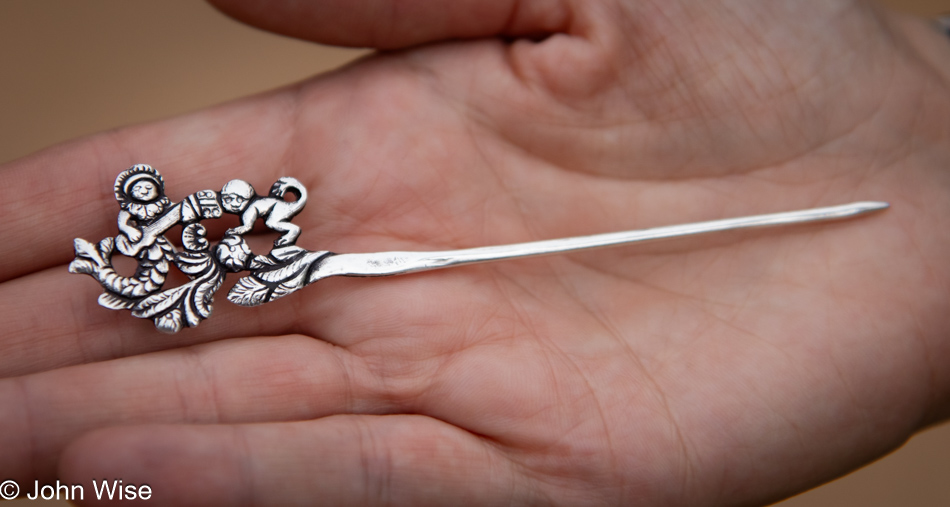
Not much in the way of jewelry was interesting for Caroline after buying a dozen or more bracelets the previous year, but this pin from Peru caught her imagination, and so it came home with us.
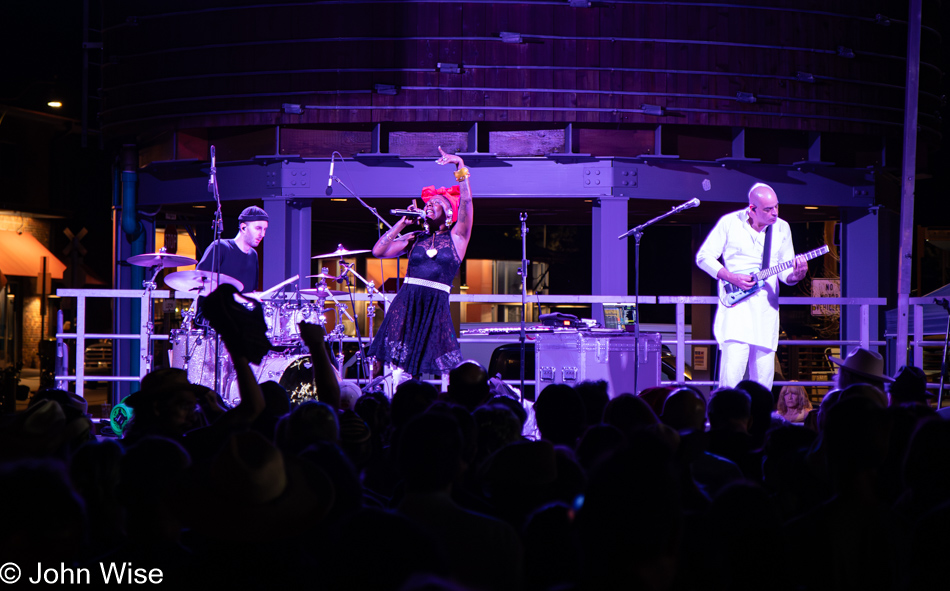
It was still early afternoon when we left Railyard Park, where IFAM is hosted, stopping at the Chicago Dog Express near our motel for what was supposed to be the best hot dog in Santa Fe. We’d have tried it last year, but whenever we left the market they were already closed. Had we eaten one of their dogs last year, we would have skipped it this year. While the idea of a green chile hot dog sounds great, it wasn’t, and their Frito Pie was lacking too. Maybe if we’d been stoned our opinion would have been different. Back at the motel, I was once again in the prone position and napping.
What does one do after their second nap? One eats again, but not before going back to the market for a nice relaxed stroll through the vendors as the heavy crowds have dissipated. It was probably about 6:00 when we walked over to La Choza for; you might have guessed it, more green chile. We knew quite well what we were getting ourselves into and were resigned to the knowledge that we’d be waiting a good long time before being seated. Sure enough, it was close to an hour before our name was called, but it was worth every minute of waiting. After dinner, we were walking along the train tracks when a live performance up ahead motivated us to take a gander at who was playing, that and a great groovy beat. The band features a Cuban singer and flutist called La Dame Blanche, which is also the name of the group. This woman rocks and with her band gave us the perfect end to the day.
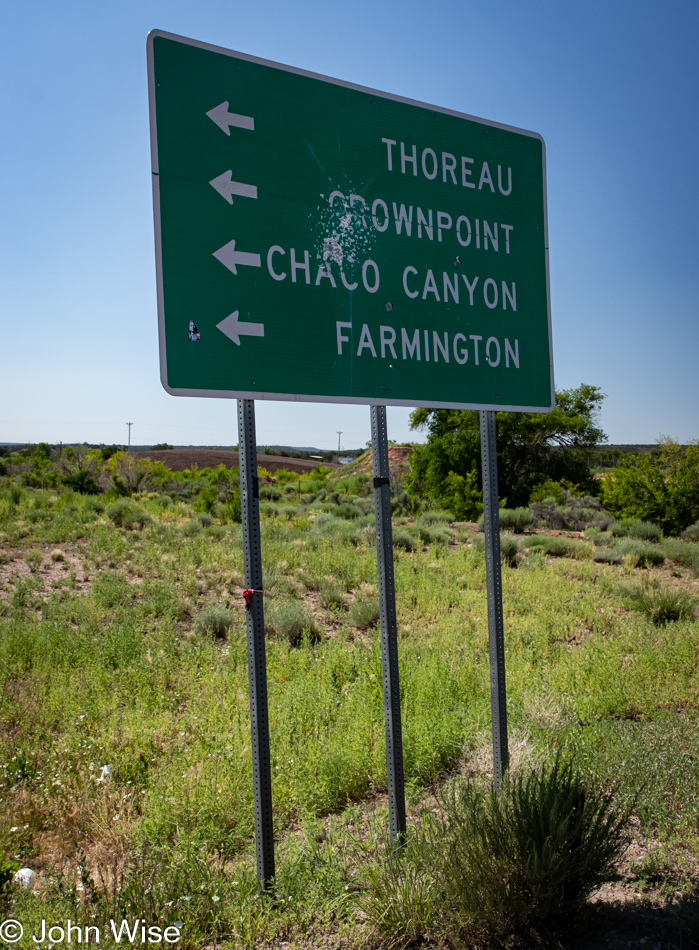
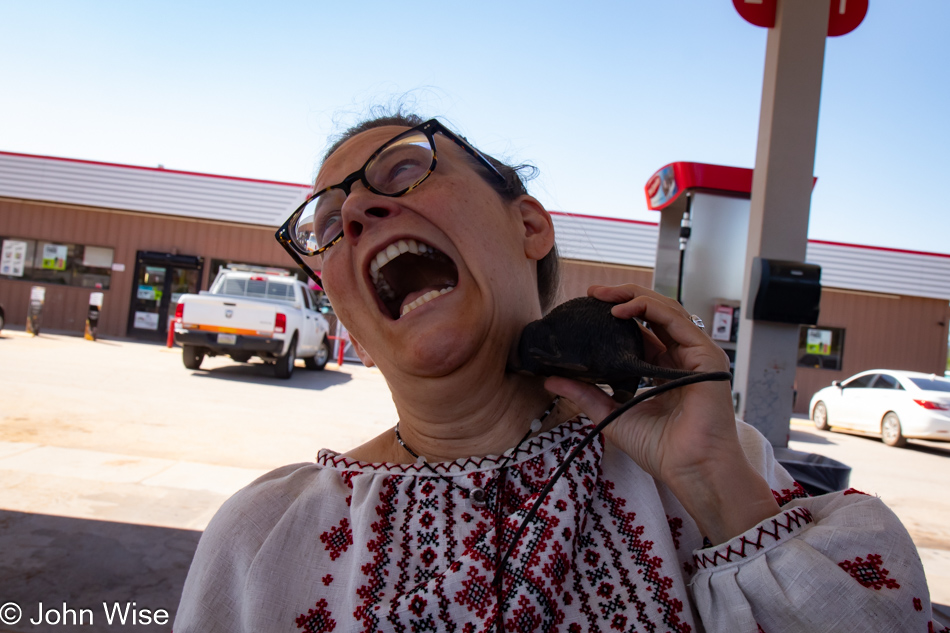
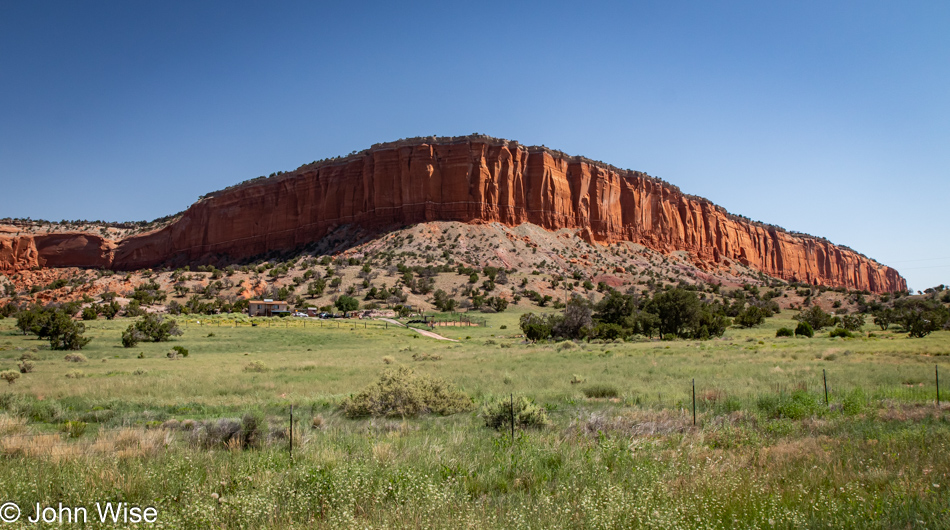
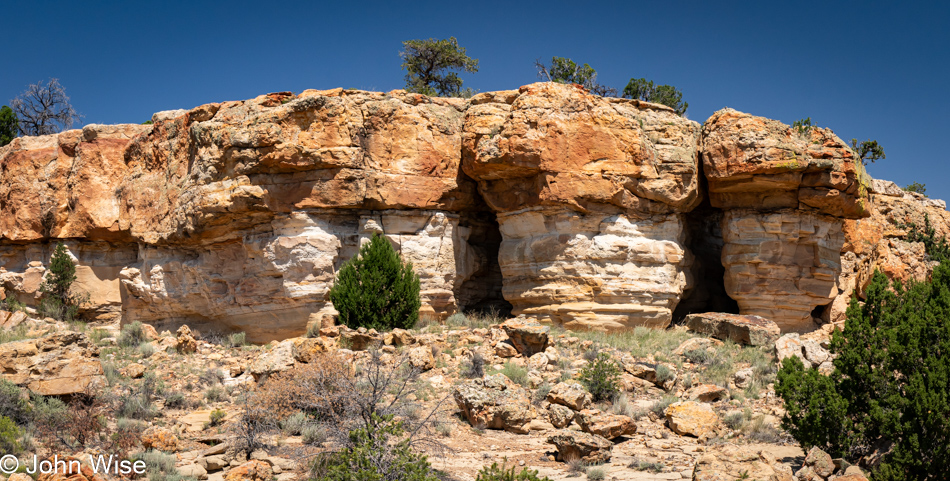
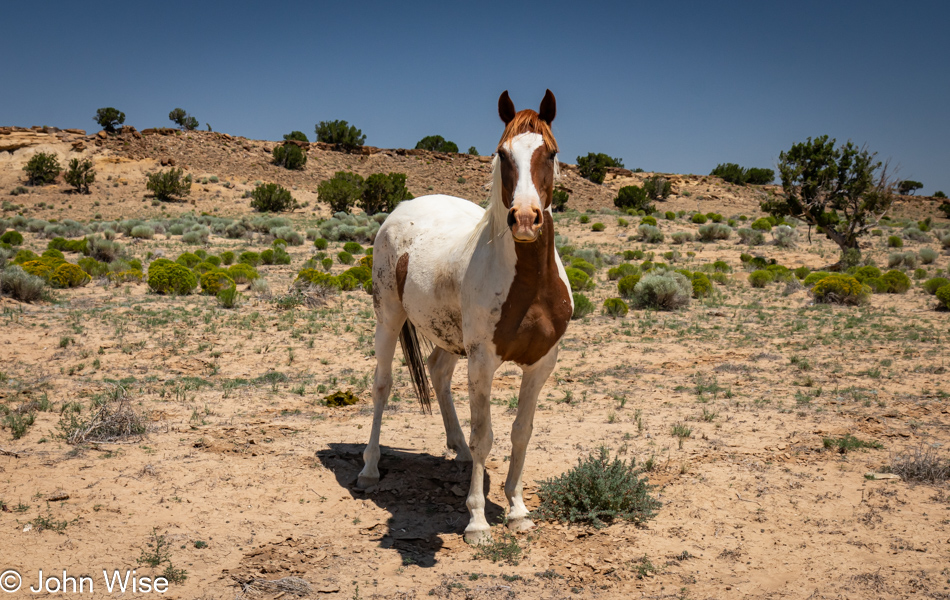
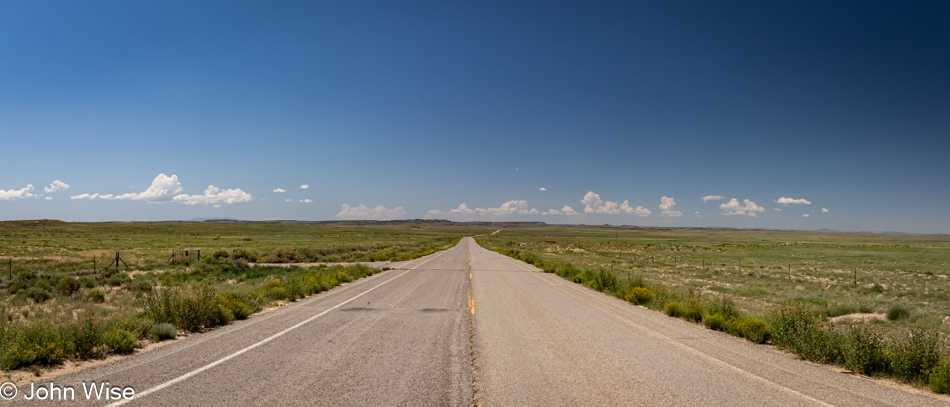
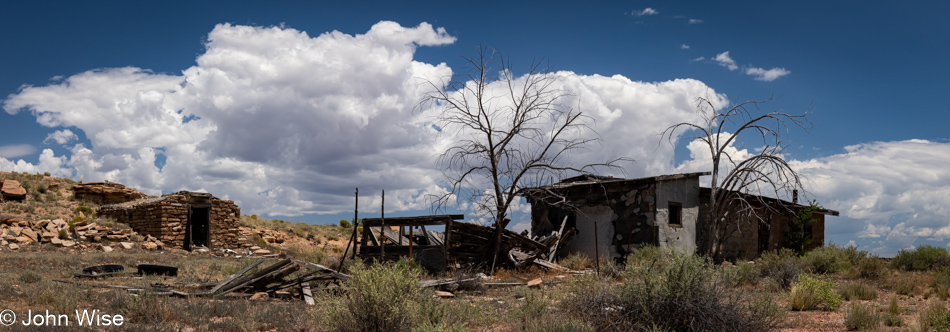
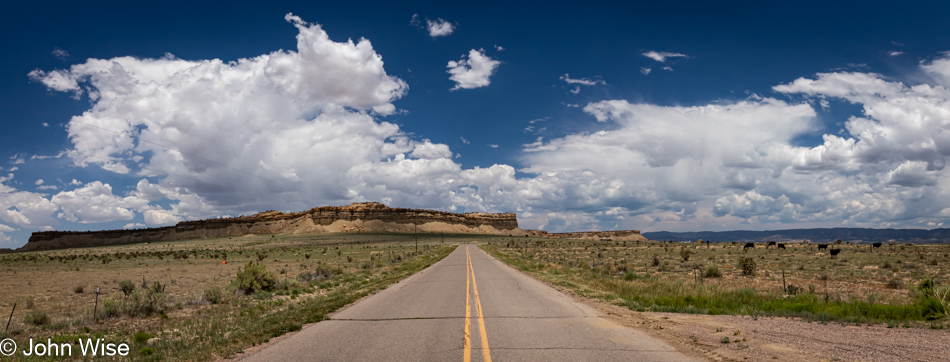
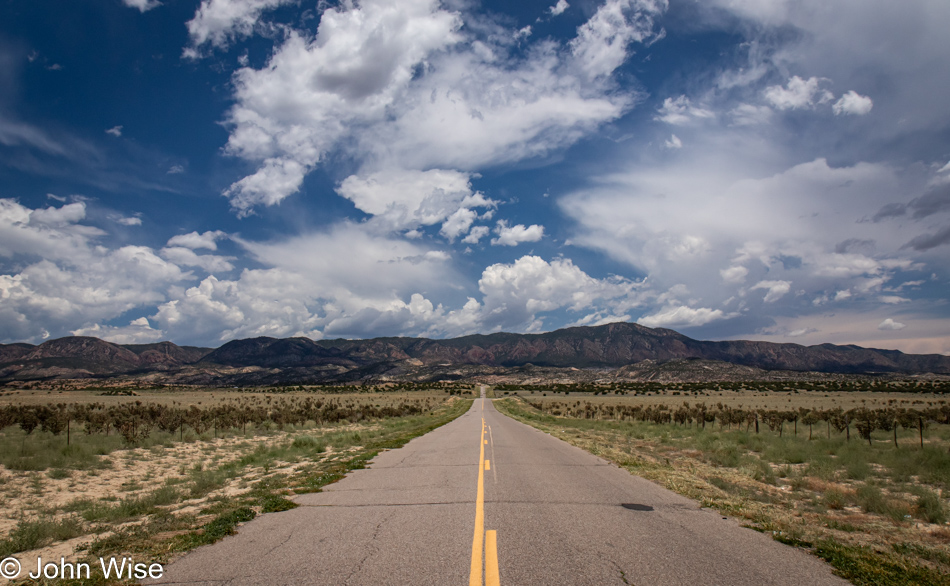
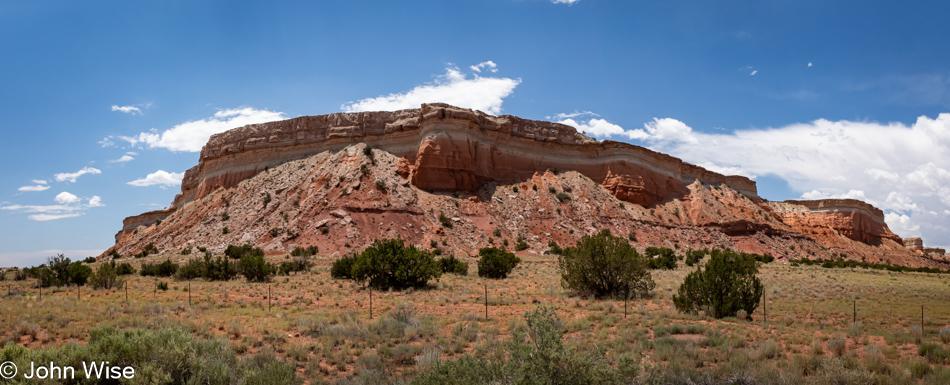
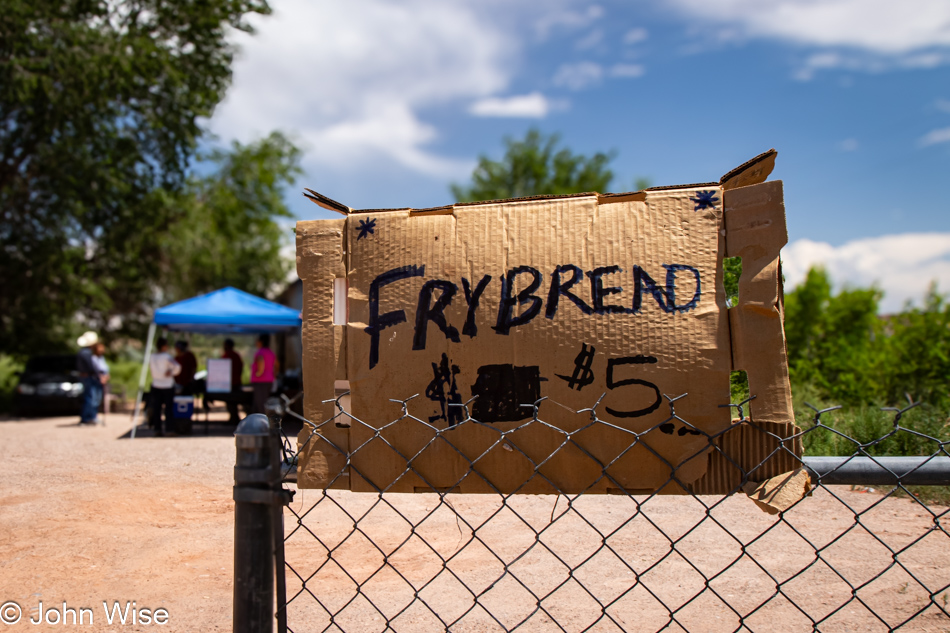
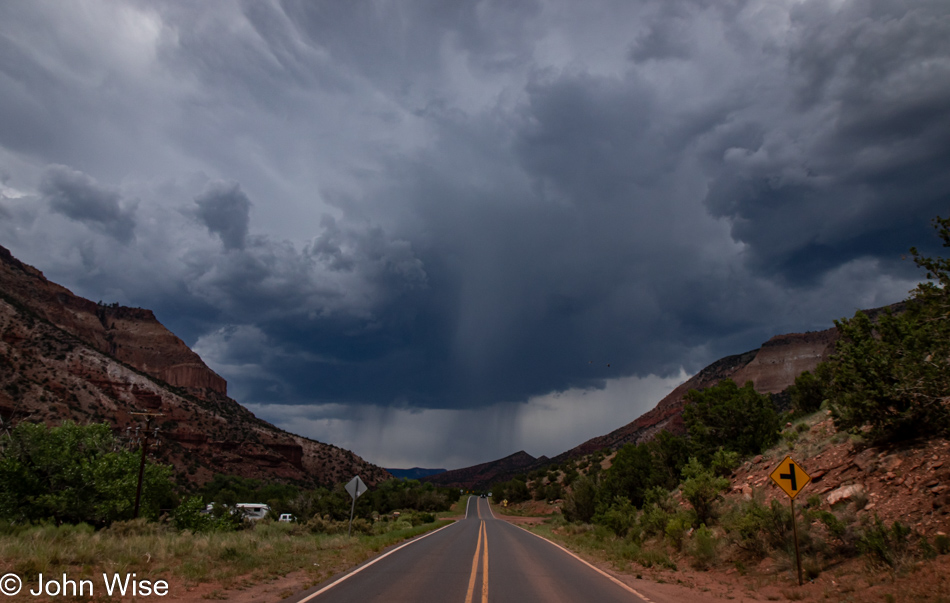
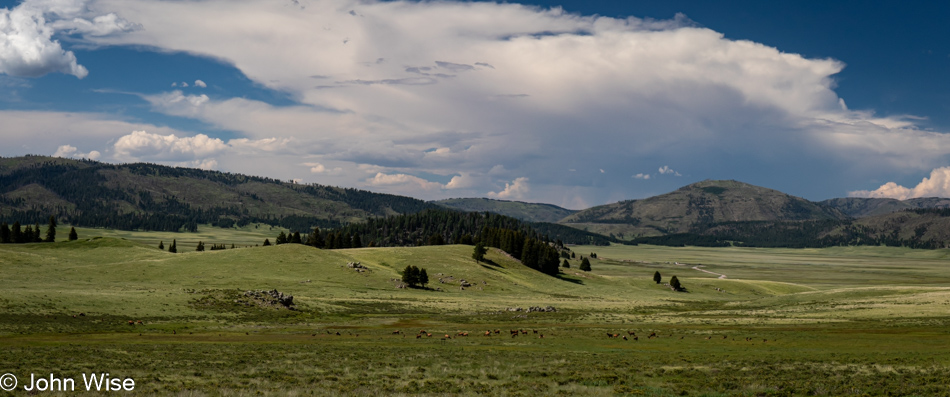
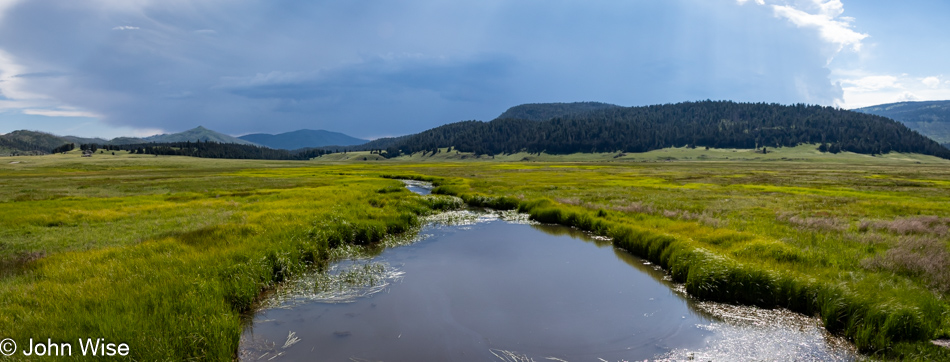
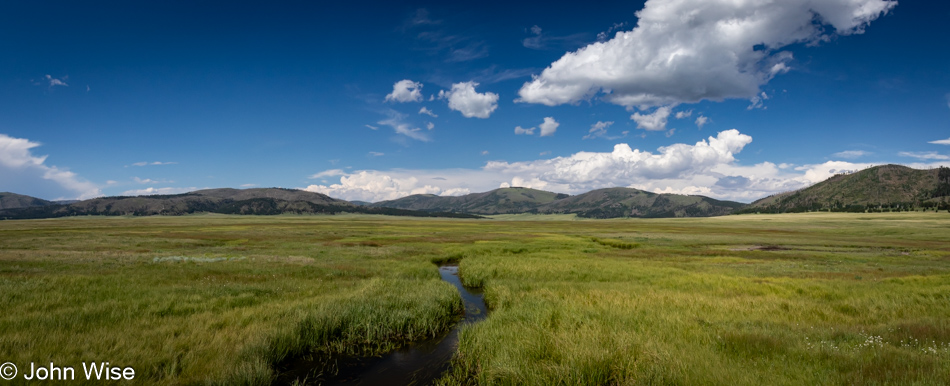
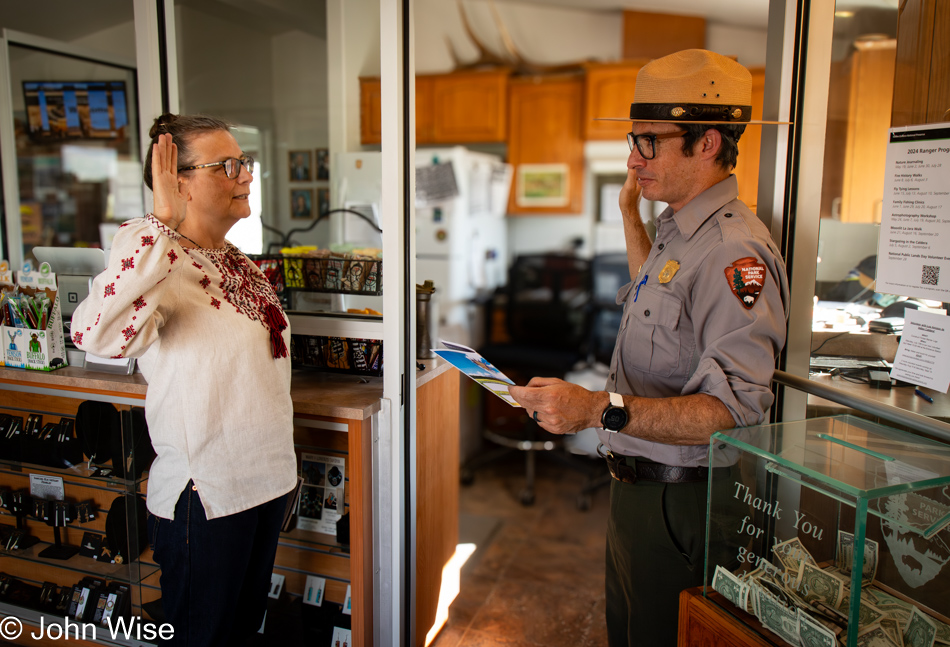

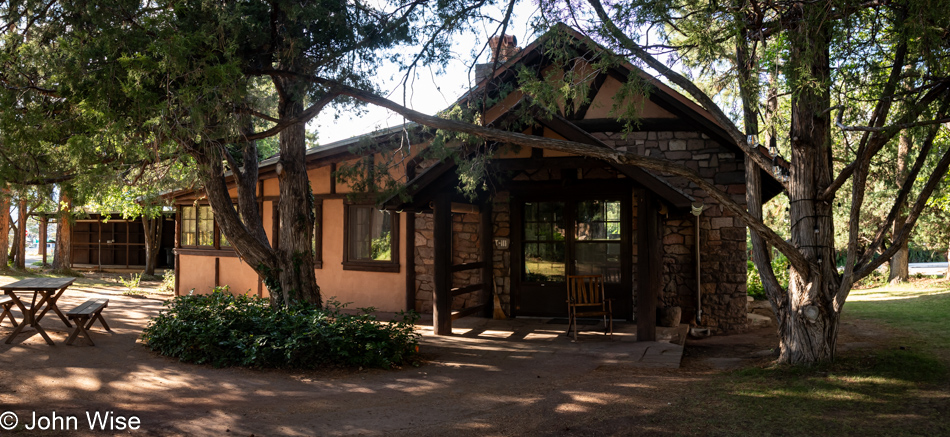
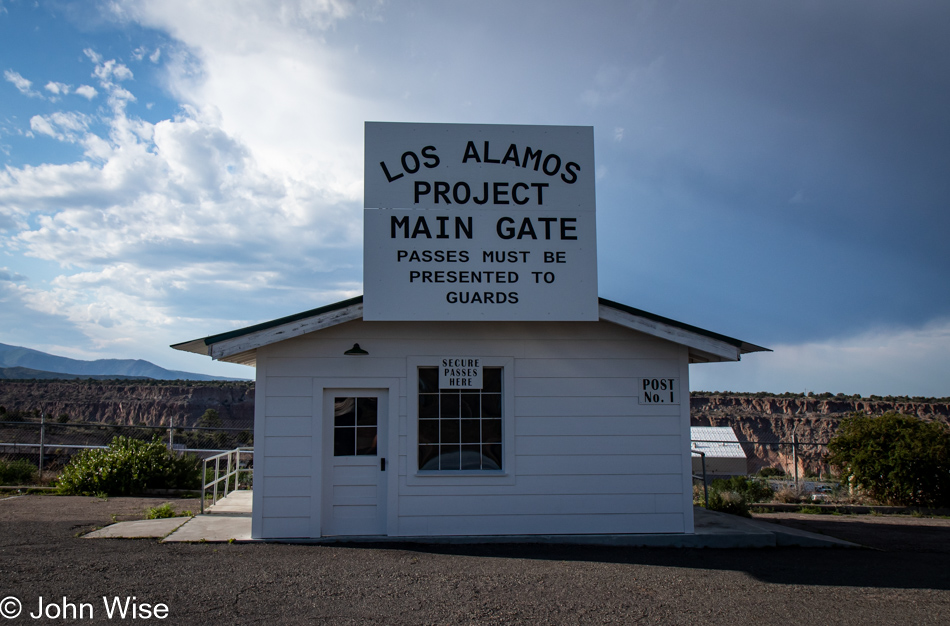
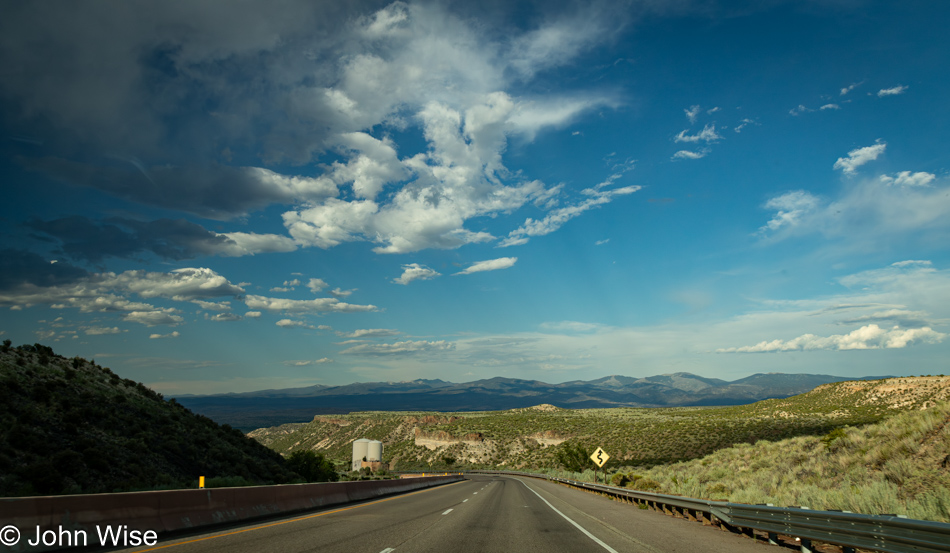
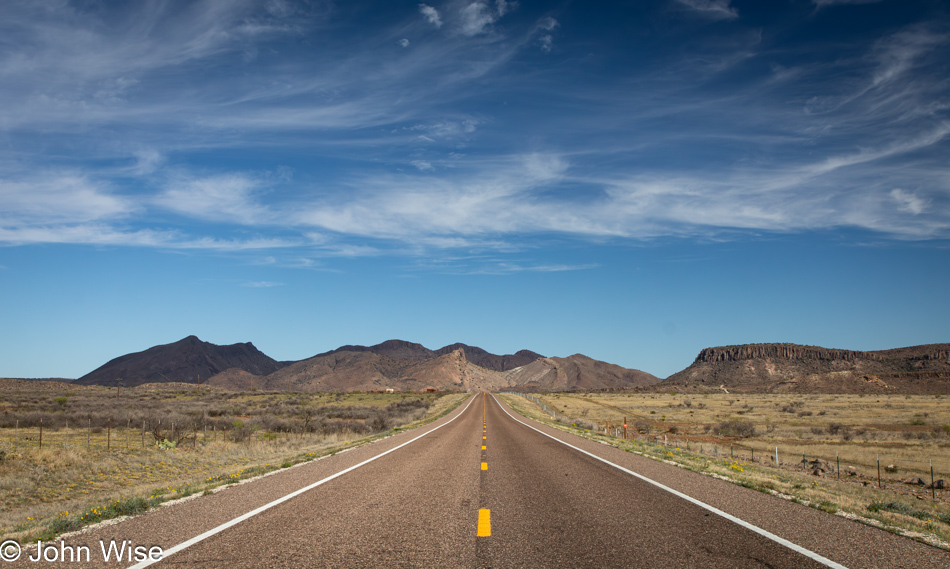
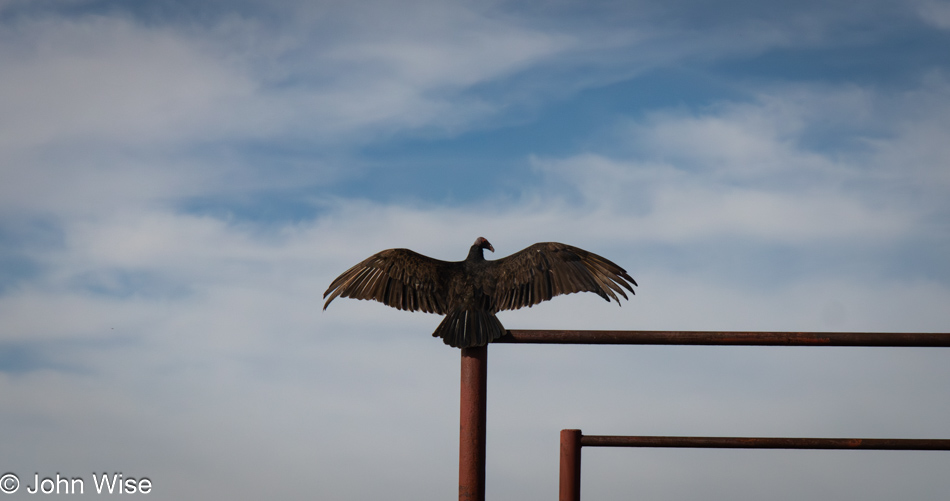




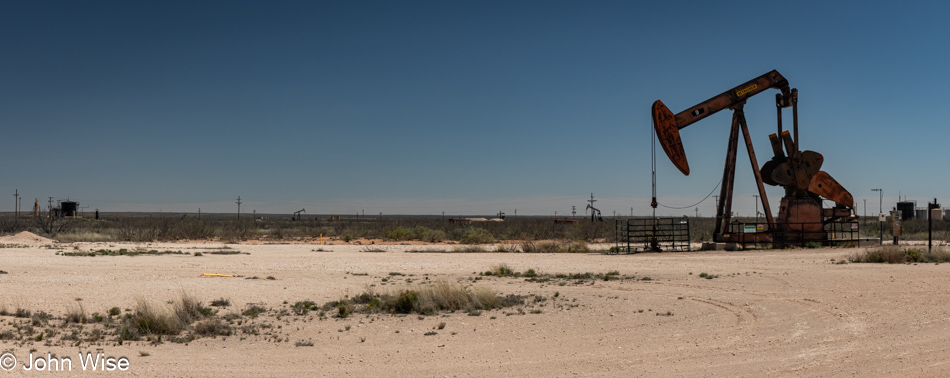 Farther along the road, the smell of gas permeated the area on occasion while we also drove through wafting invisible clouds of more fragrant petroleum. At least petroleum is somewhat interesting smelling, whereas gas is anything but. The eye sees sand, low bushes, discarded and unused equipment, and 10,000 pickup trucks interspersed between countless tankers and various other semi-vehicles, pulling and pushing every manner of equipment across the otherwise barren land.
Farther along the road, the smell of gas permeated the area on occasion while we also drove through wafting invisible clouds of more fragrant petroleum. At least petroleum is somewhat interesting smelling, whereas gas is anything but. The eye sees sand, low bushes, discarded and unused equipment, and 10,000 pickup trucks interspersed between countless tankers and various other semi-vehicles, pulling and pushing every manner of equipment across the otherwise barren land.


